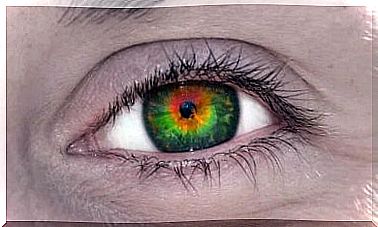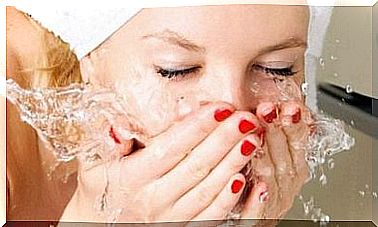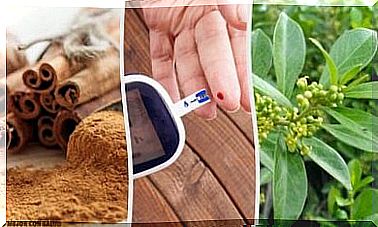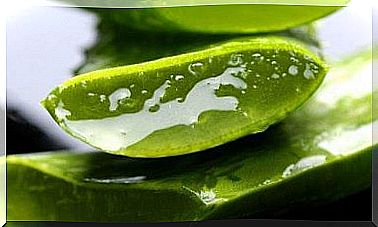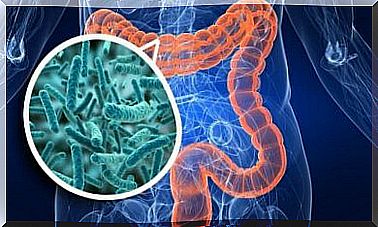How To Prevent Anemia In Athletes: Effective Tips
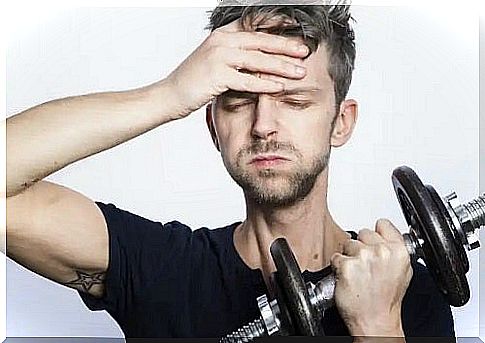
Anemia in athletes is a concern of coaches and athletes themselves. Many sports are characterized by an aerobic demand that is affected when there is not enough hemoglobin or iron in the body.
This condition in those who practice sports is not always the same as that recorded in sedentary people. It can happen that the athlete suffers from the so-called false anemia. We will present it in this article.
So, if you are worried about this problem and want to know how to prevent anemia in athletes, we invite you to read on. Here are some tips to help you avoid anemia and poor performance.
What is anemia?
To prevent the development of anemia in athletes, it is necessary to know what it is about. Although it is more commonly associated with children, the elderly, women of childbearing potential and pregnant women, the truth is that the prevalence of anemia in the general population is not negligible.
The human body needs oxygen to function. Cells need it for normal metabolism and tasks. When we make a certain effort, this demand increases. The immediate signal of this is an increase in respiratory rate.
Oxygen entering the lungs must reach the tissues. For this, the blood has red blood cells, which have hemoglobin. Hemoglobin is a biological molecule that transports oxygen through the arteries.
So if there are fewer red blood cells than we should, we face anemia.
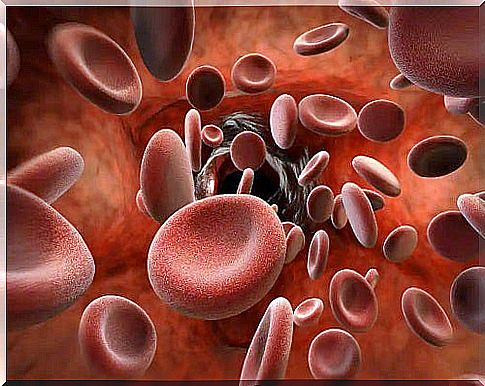
What is fake anemia in athletes?
People who practice cycling, swimming or endurance running may experience certain biochemical changes. The situation is associated with iron. This micronutrient is essential for the production of hemoglobin in the human body. Thus, iron deficiency is one of the best known causes of anemia, leading to iron deficiency anemia.
Ferritin is a protein that stores, transports and releases iron. Low levels are often signs of anemia. There are athletes who have ferritin in normal parameters and hemoglobin slightly low. It is a false anemia of the athlete (if we are dealing with a patient who practices a long-term aerobic activity).
The explanation lies in the increased volume of blood fluid. It dilutes some substances that are measured in the laboratory, such as hemoglobin. This situation is not pathological. It is supposed to be a mechanism for the body to adapt to improve its efficiency in performing aerobic tasks. It is a situation that is reached in case of continuous training.
How to prevent anemia in athletes: effective tips
This condition is really pathological. It is characterized by fewer red blood cells or a lower concentration of hemoglobin . Generates chronic fatigue and reduces athletic performance.
The secret is the athlete’s diet. Adherence to the recommended daily intake of iron will be the first step in reducing the risk of anemia. This amount is calculated at 18 milligrams per day for women, 8 milligrams per day for men and more for endurance athletes.
In addition to diet, we will see that there are special tips for vegans and women, due to menstrual blood loss.
1. Foods rich in iron
The first tip for preventing anemia in athletes is an iron-rich diet. If the supply of iron is provided in adequate quantities, it is very likely that hemoglobin production will not be altered, even if the requirements increase.
Animal foods are the best source of iron. Red meat, fish, liver and organs are interesting options for those who do sports. In addition, they contain proteins of high biological value, which the metabolism will use to repair damaged fibers through training.
There are some substances that promote the absorption of iron from food. This is the case with vitamin C. Therefore, it is useful for red meat meals, for example, to culminate in a citrus dessert or to have as a garnish a vegetable containing vitamin C, such as peppers or parsley.
There are substances that delay the absorption of iron. This is the case with coffee. The Harvard School of Public Health certifies that it reduces iron intake in the body when consumed at meals.
2. Menstrual cycles
Athletes of childbearing potential should pay special attention to menstrual cycles. Losses caused by monthly bleeding can cause anemia. For this reason, it is important that any change in the frequency and amount of menstrual bleeding is followed by a trusted doctor. Large losses can often be addressed by taking birth control pills.

3. Vegans
Vegan athletes do not have animal sources of iron in their diet. Although the mineral is present in vegetables, its form is not very well absorbed by the human intestine. This increases the chances of anemia.
Legumes are used as a source of iron in vegan athletes. Ideal in these cases is to increase absorption to prevent anemia in athletes who follow this diet.
Citrus juices and fruits, such as kiwi and pineapple, are excellent options to increase the absorption of iron from food, as they are rich in vitamin C. In addition, the germination process increases the availability of absorbable iron, so consume germs.
Finally, it is worth mentioning vitamin B12 deficiency. This micronutrient is obtained only from products of animal origin, and its lack is responsible for megaloblastic anemia. Vegan athletes should consult a health care professional.
Anemia in athletes can be prevented
Athlete’s anemia must be prevented to avoid complications and the need to stop training. If the pathology occurs, reduce the intensity of what you do until the biochemical values return to normal.
Therefore, eat right. If you have questions about how to create a balanced diet, consult a nutritionist.



